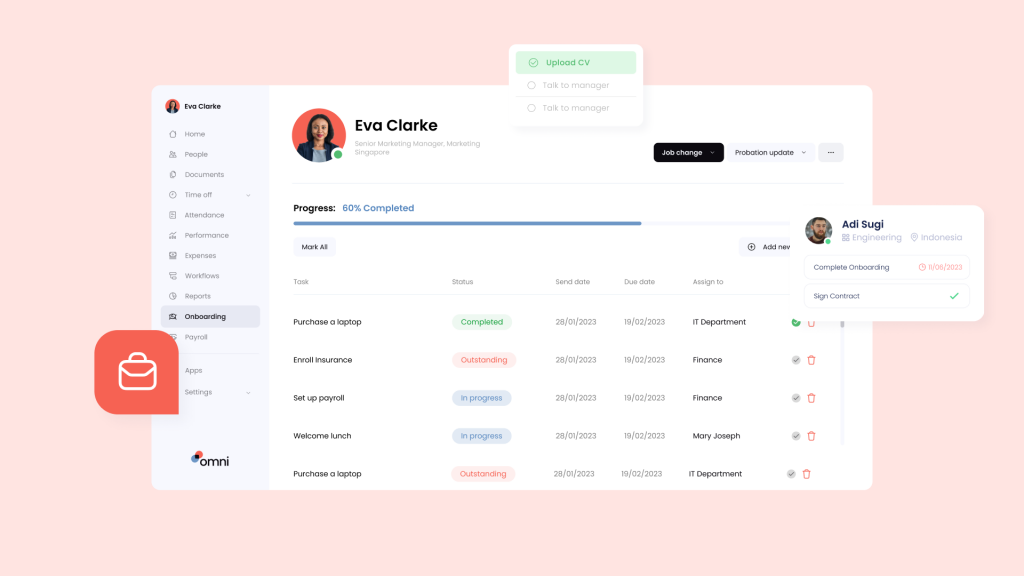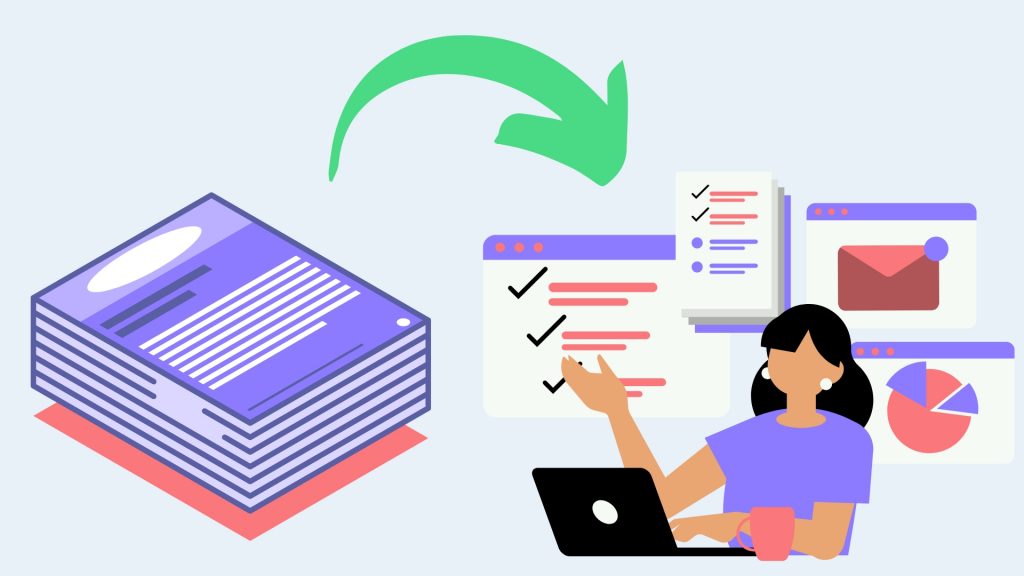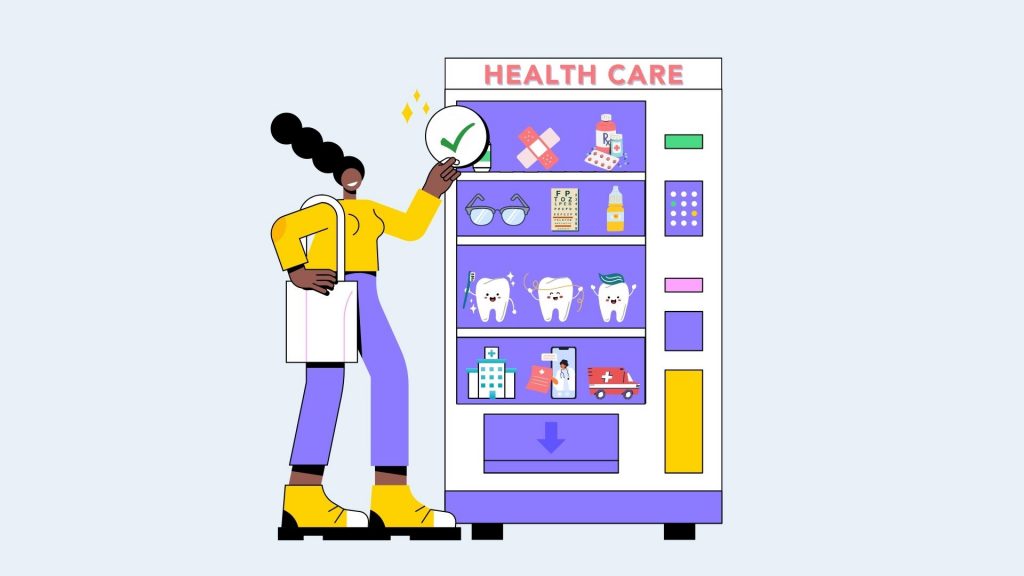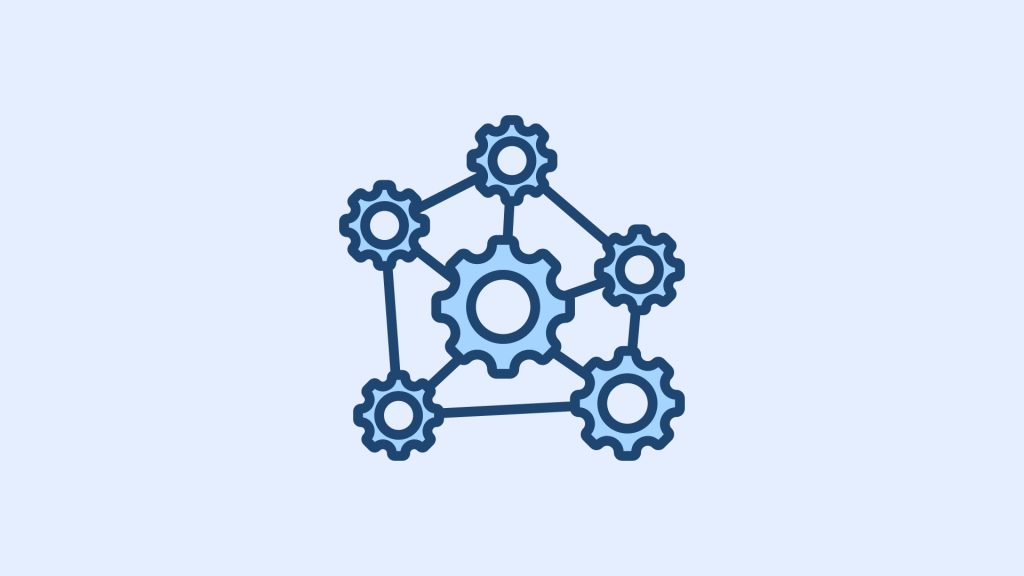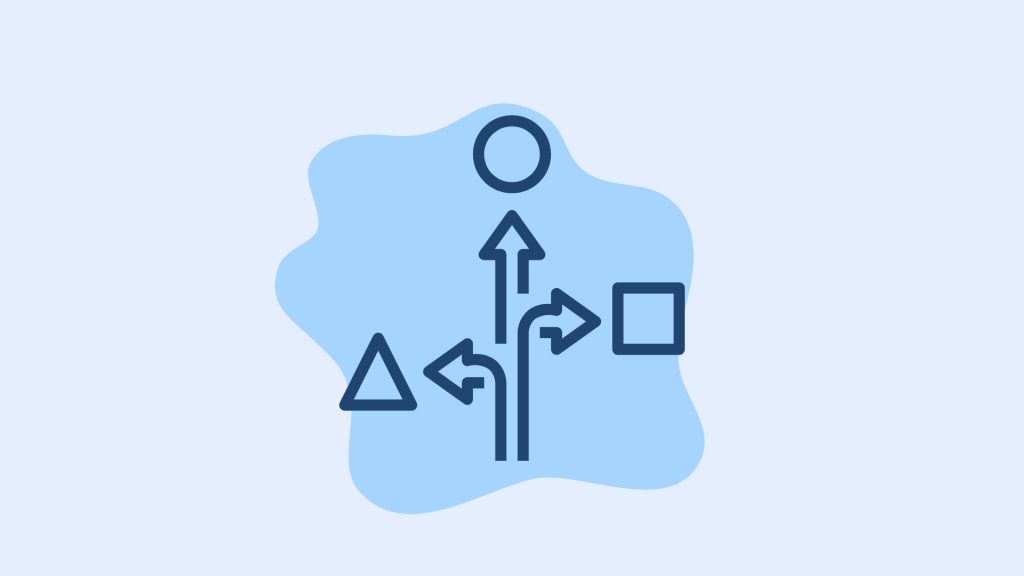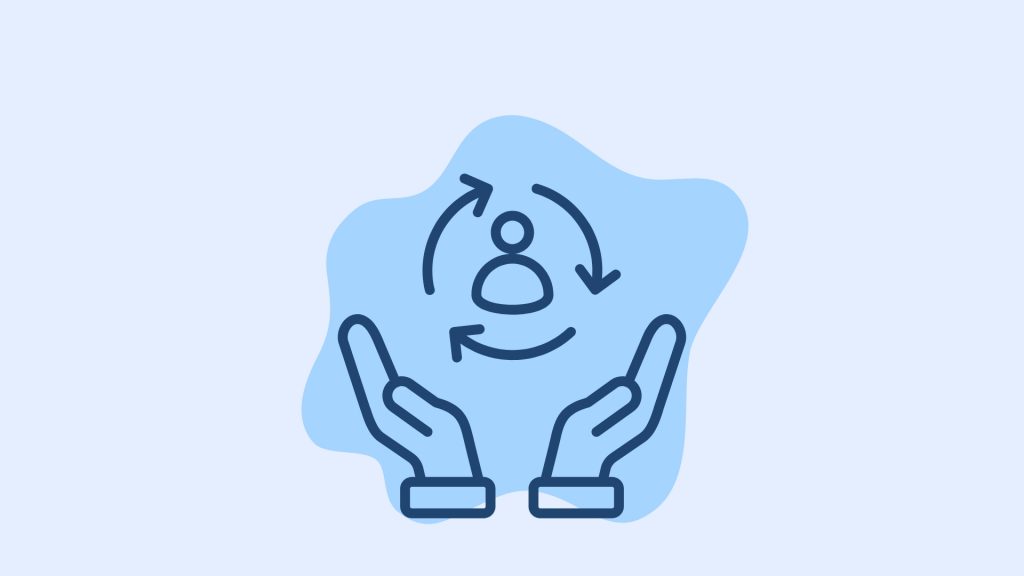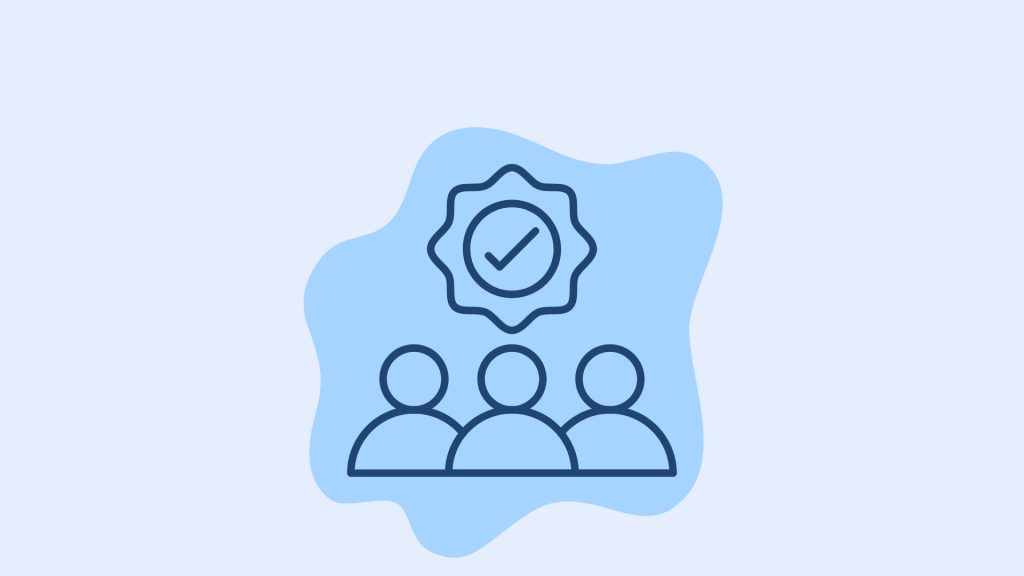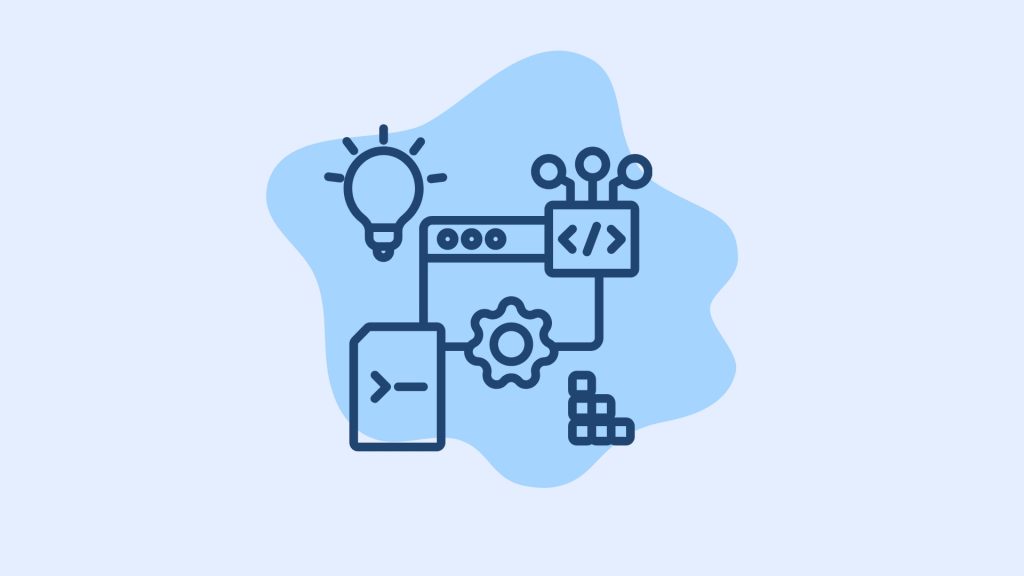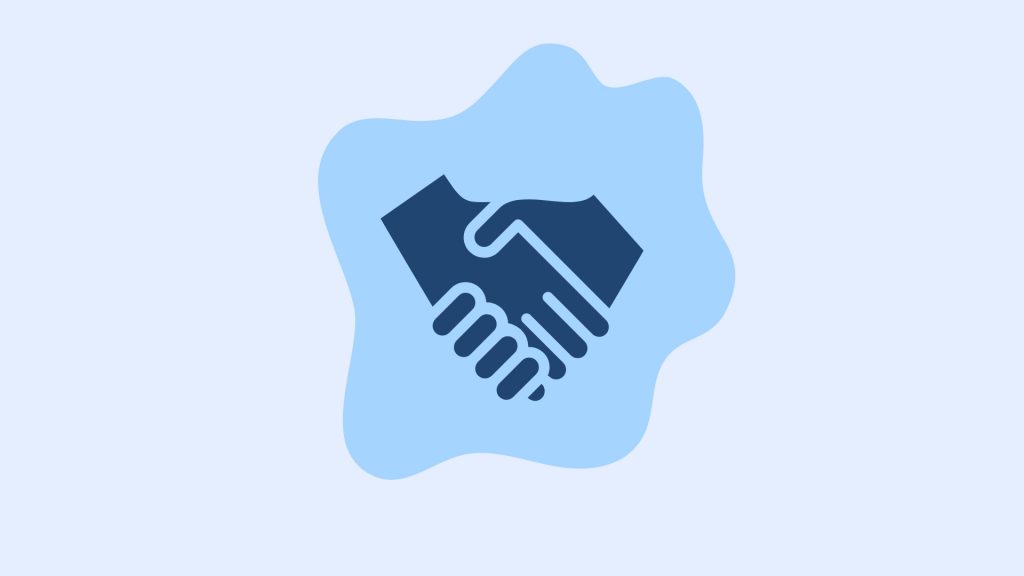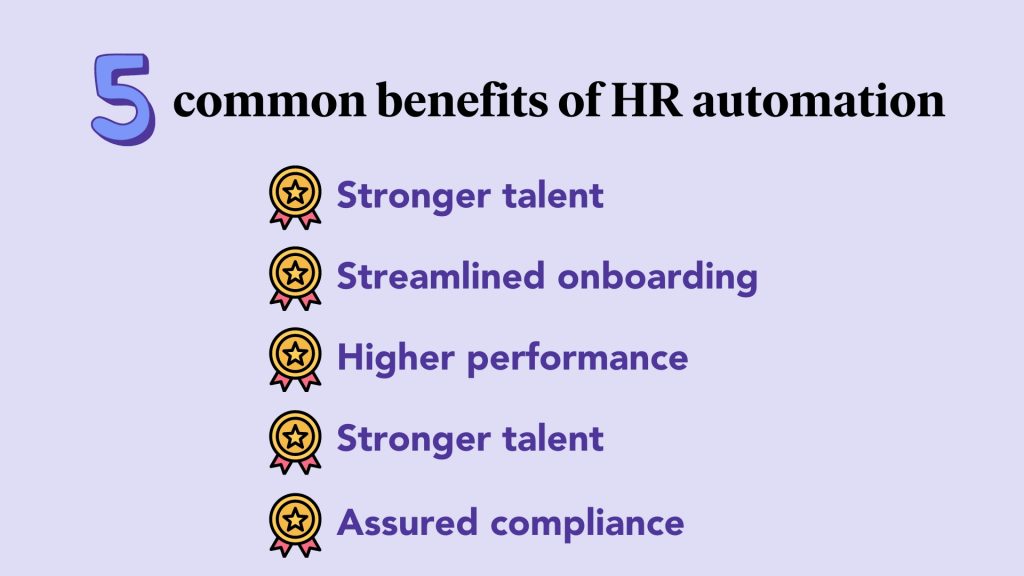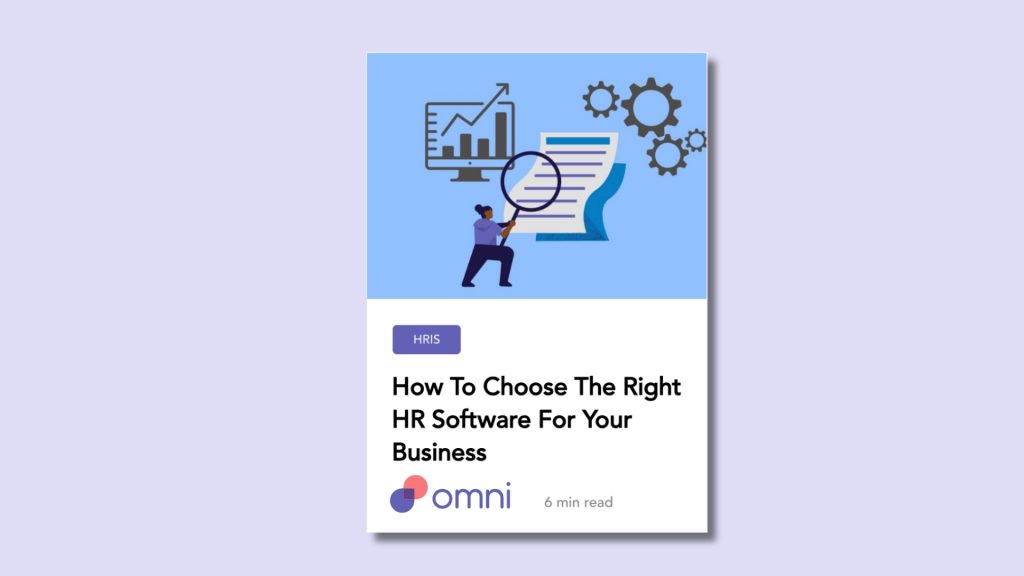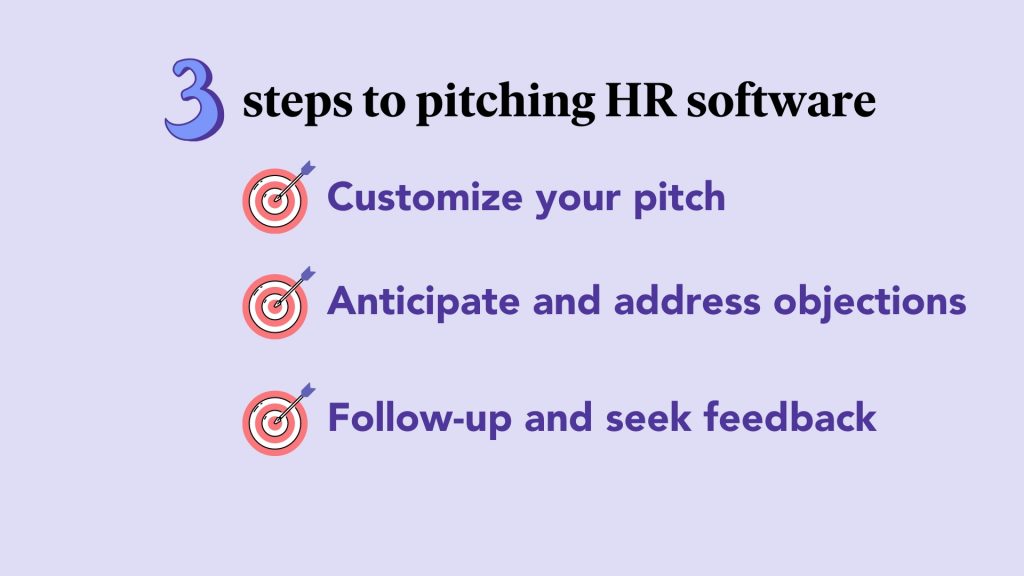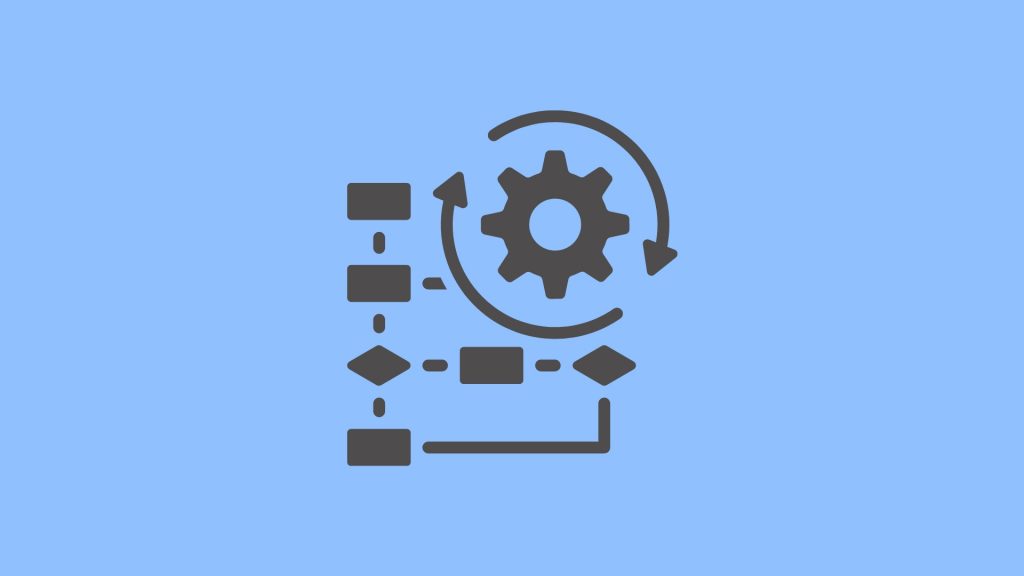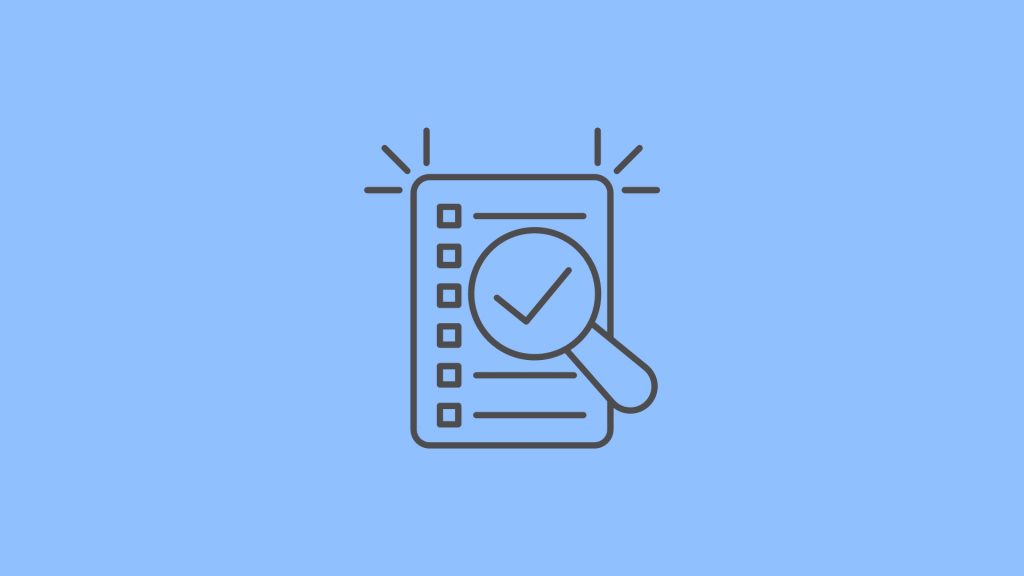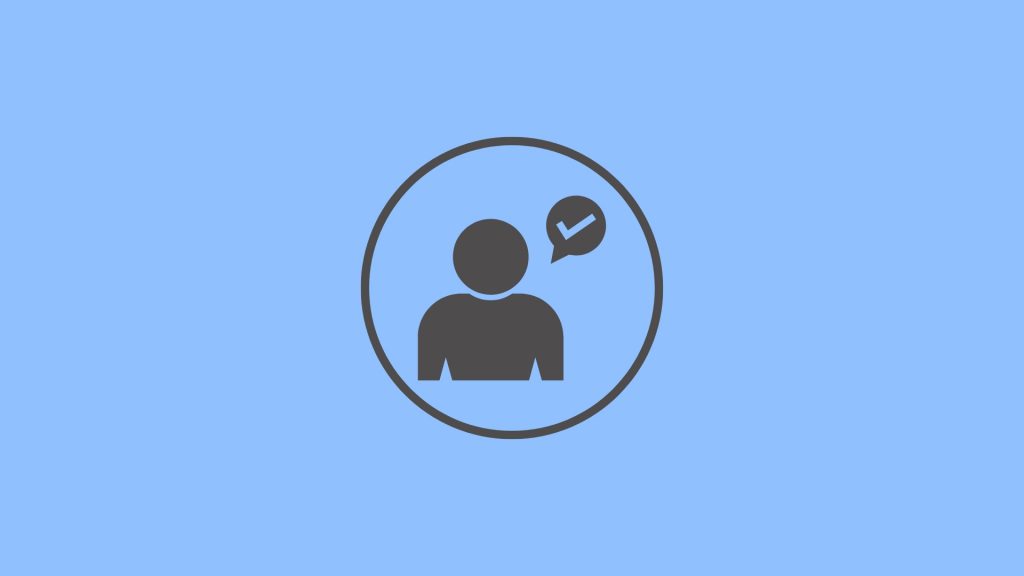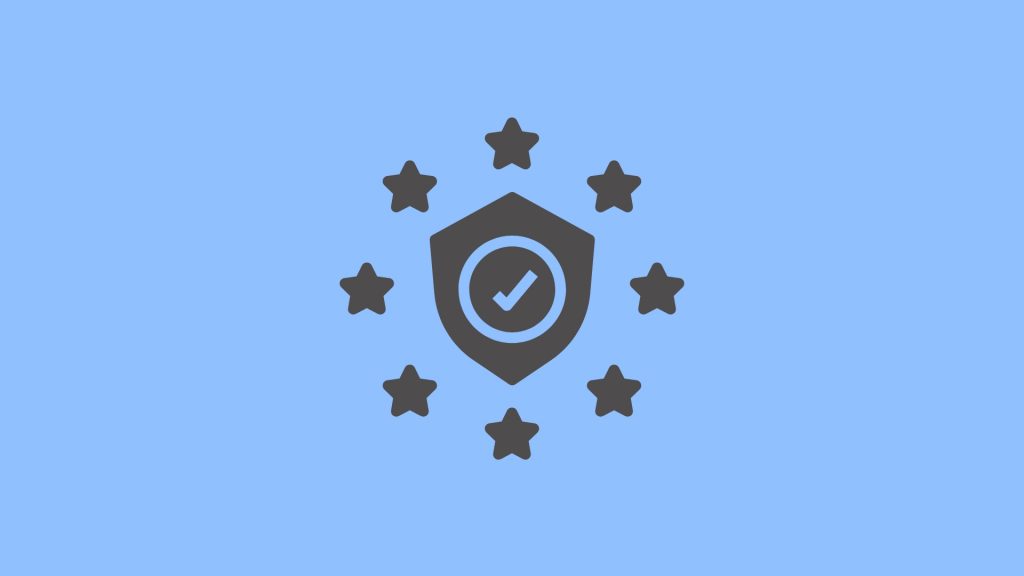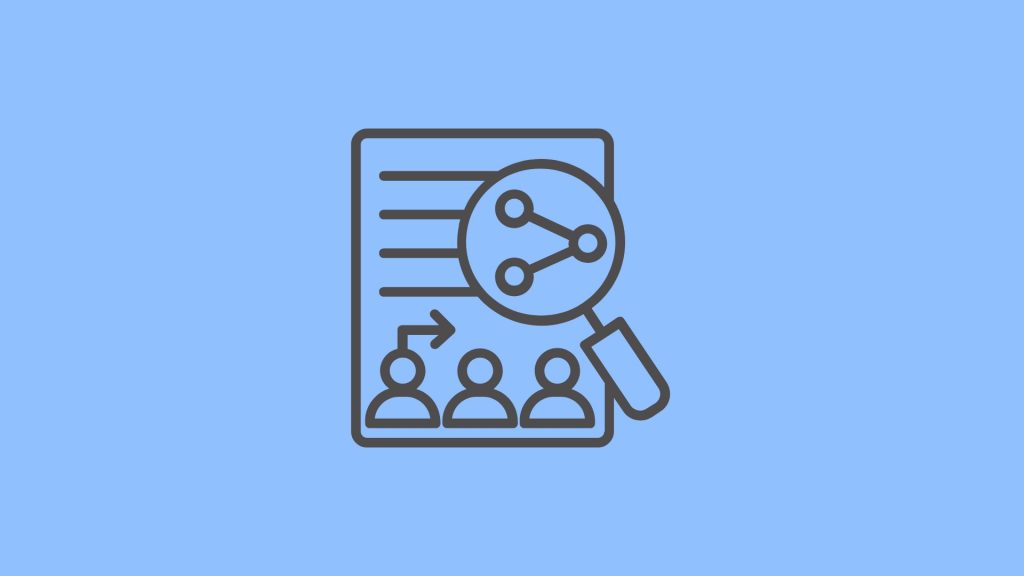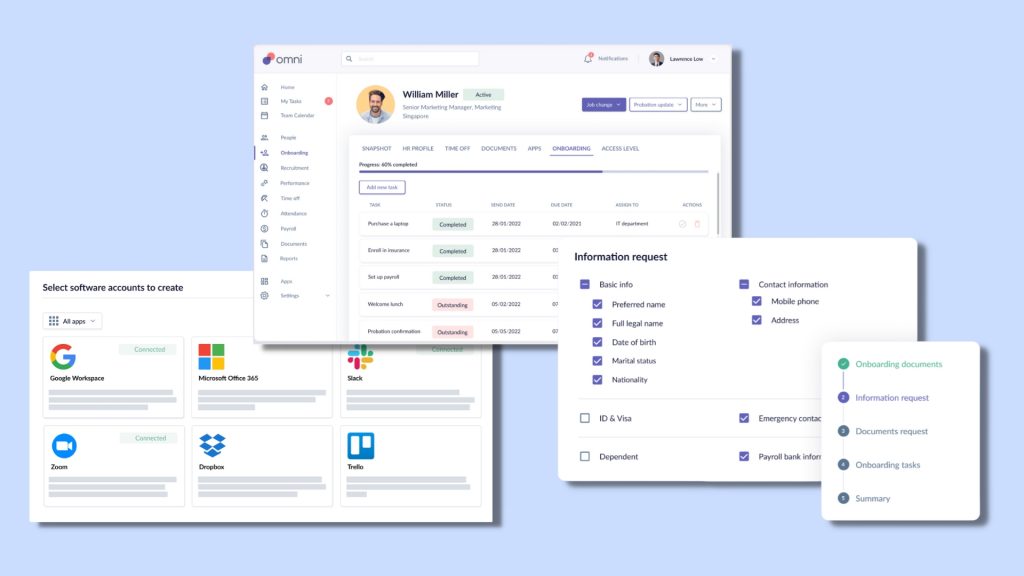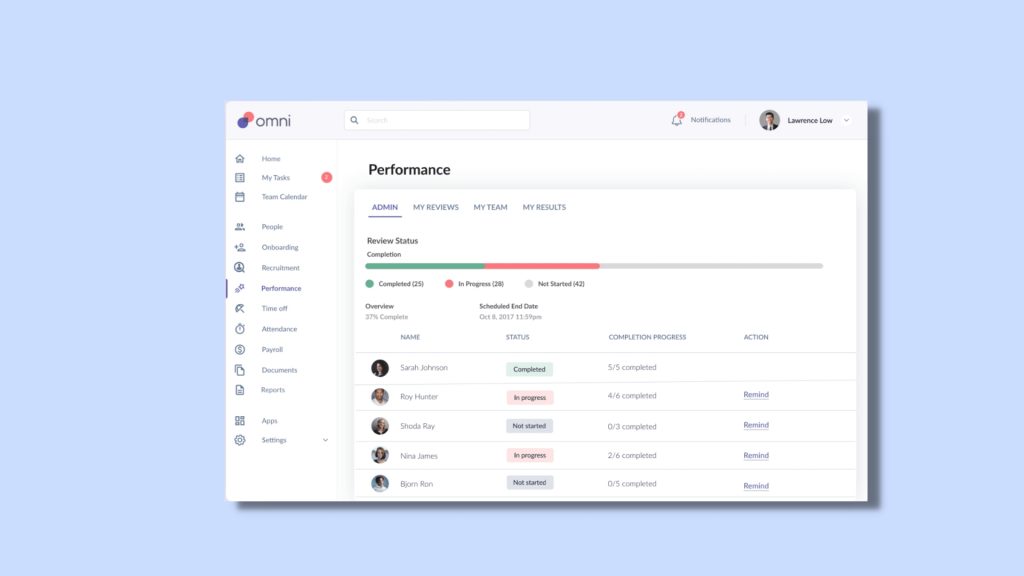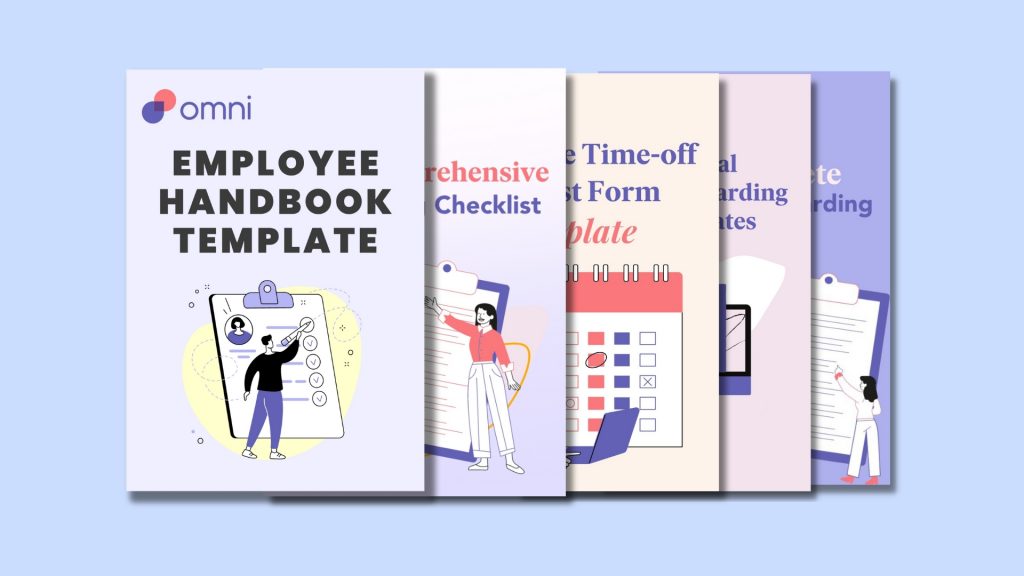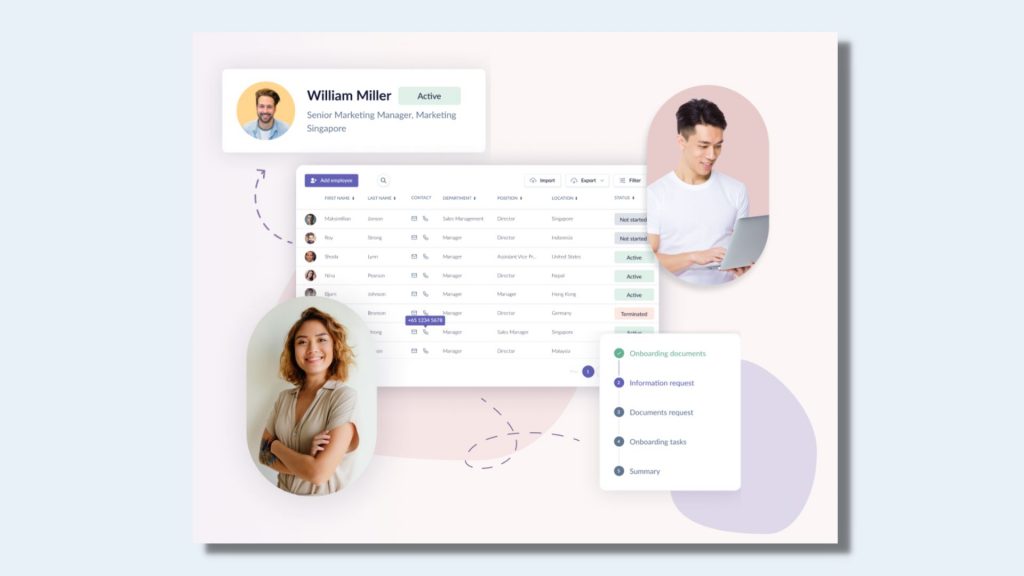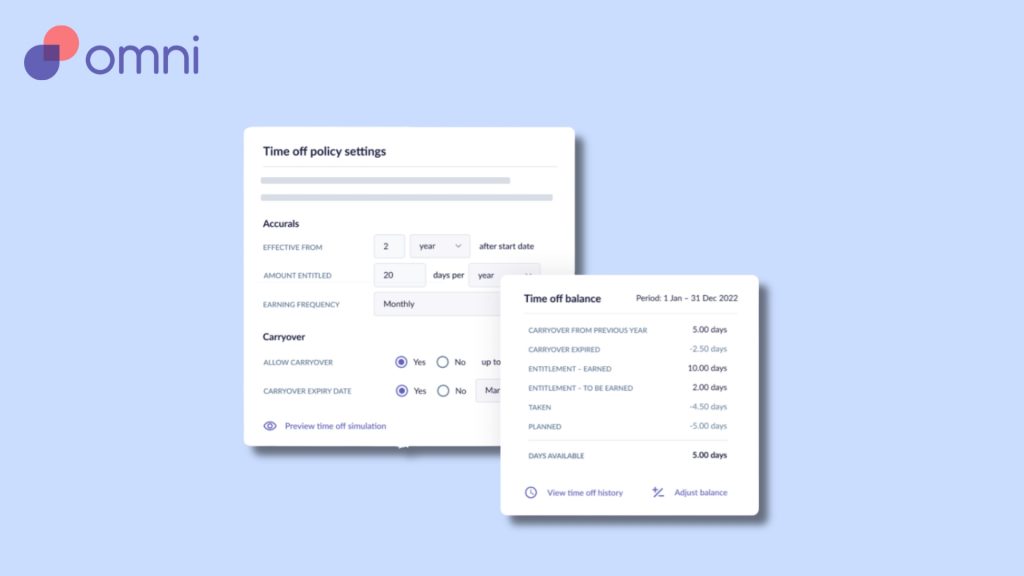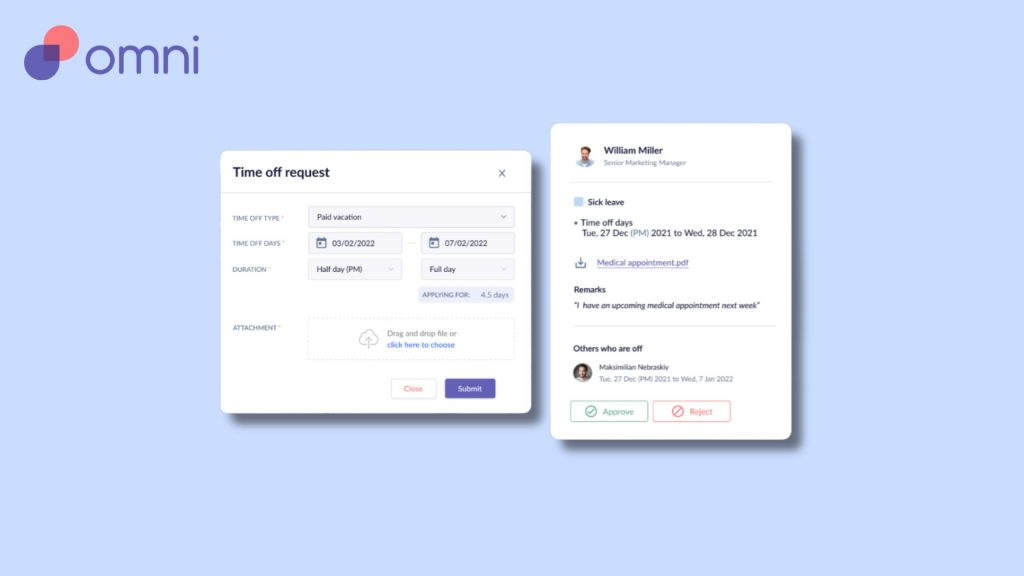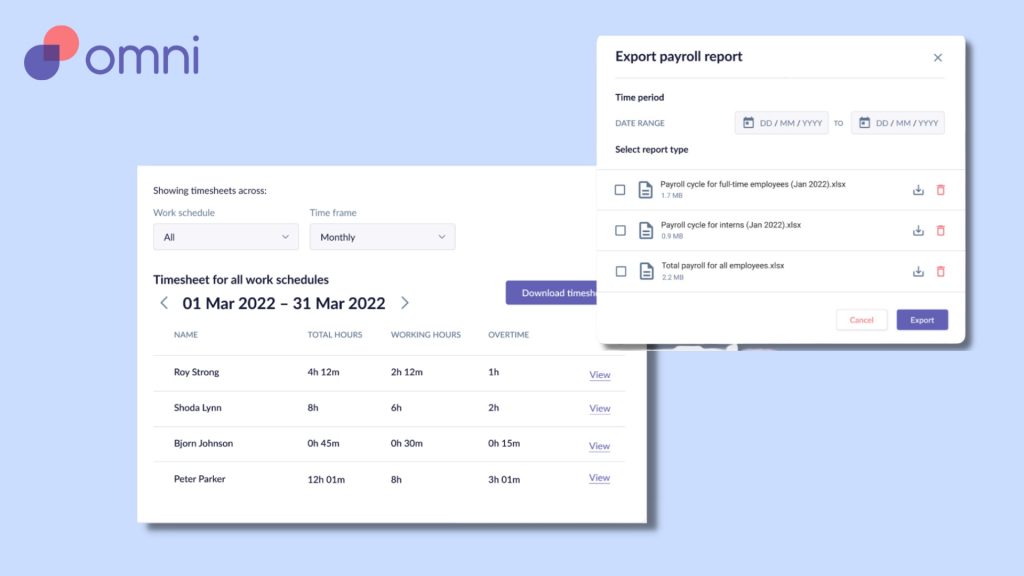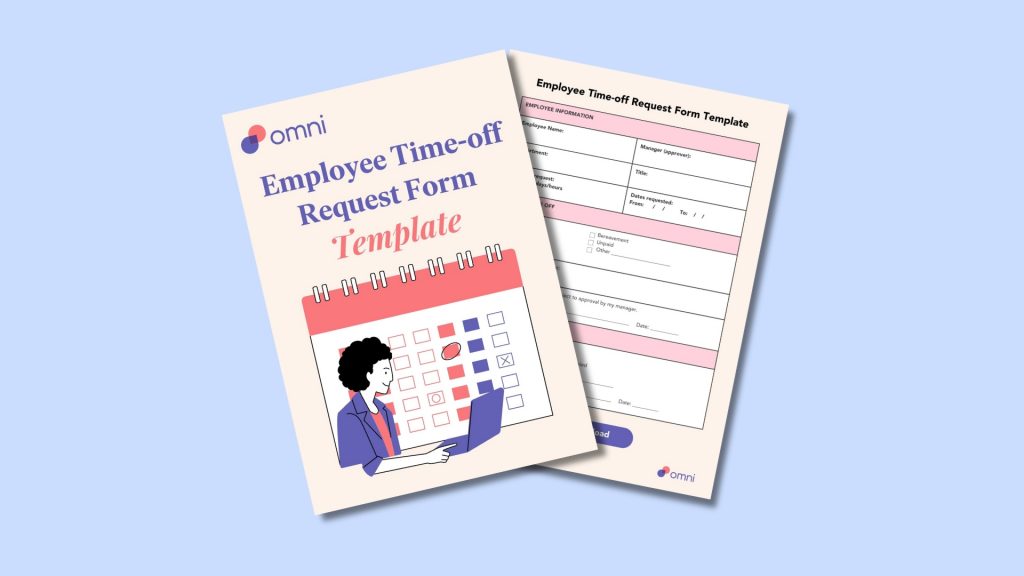- What is Employee Onboarding Software?
- Core Features and Functions of Employee Onboarding Software
- Benefits of Adopting an Employee Onboarding Software for Your Business
- Free Employee Onboarding Tools
- When and Why Should You Upgrade to Employee Onboarding Software?
- How to Choose the Best Employee Onboarding Tool for Your Organization
- Employee Onboarding Software Revolutionizes Employee Engagement
Onboarding has become a clear differentiator for companies looking to gain a competitive edge in today’s modern business world. In addition to attracting talent and boosting engagement, effective employee onboarding is vital for organizations to quickly and efficiently set their new hires up for success.
As it stands, 61% of employers are struggling with employee retention, and 73% are having difficulty attracting talents. However, as noted in PR Newswire, “82% of employers have seen improvement in retention with a strong onboarding process. Re-imagining the onboarding experience is critical for success”.
It is clear that to adapt to this changing landscape, businesses must make changes to their attraction and retention strategies, specifically the onboarding process. Thanks to employee onboarding software, HR teams can leverage technology to streamline and perfect their onboarding processes, and help retain your top talent while you’re at it.
What is Employee Onboarding Software?
Employee onboarding software is a digital solution designed to automate and optimize the onboarding process for new hires. It replaces manual paperwork, administrative tasks, and email exchanges with a centralized platform that seamlessly integrates multiple aspects of onboarding, such as document management, task tracking, compliance training, and employee communication.
Simply put, employee onboarding software facilitates a smoother onboarding experience, reduces administrative burden, and improves overall efficiency.
Core Features and Functions of Employee Onboarding Software
Before diving into the evaluation process, let’s take a closer look at the core features and functions typically offered by the best employee onboarding softwares:
1. Document management
Modern onboarding software allows you to digitize, store, and access essential documents, such as employment contracts, tax forms, and company policies. This feature ensures easy access, eliminates paperwork, and enhances data security.
Learn More:
2. Task automation and tracking
Onboarding involves a series of tasks and deadlines. Employee onboarding software automates task assignments, sends reminders, and tracks progress, ensuring that no crucial steps are missed during the onboarding process.
3. Compliance and training
Compliance training is a critical part of onboarding. Onboarding software can provide a platform to deliver training modules, track completion, and generate compliance reports. This feature ensures that new hires are well-versed in company policies, regulations, and safety procedures.
4. Employee communication
Effective communication is key to successful onboarding. Employee onboarding software can facilitate seamless communication between new hires, HR personnel, managers, and team members, helping create an environment of collaboration and engagement.
Benefits of Adopting an Employee Onboarding Software for Your Business
Implementing an employee onboarding software can bring a wide range of benefits to your organization, facilitating an engaging and memorable onboarding experience for your new hires. From streamlining processes to enhancing compliance and improving the overall employee experience, here are the advantages you can expect:
Streamlined processes
Manual onboarding processes are time-consuming and prone to mistakes. Onboarding software automates tasks, reduces paperwork, mitigates human error, and streamlines the entire onboarding process, saving valuable time and increasing efficiency.
Enhanced compliance
Compliance with legal requirements and internal policies is crucial. Employee onboarding software ensures that new hires receive the necessary training, complete mandatory forms, and comply with regulations, thus reducing compliance risks. Automated reminders and task follow ups facilitate increased diligence and help ensure all training and paperwork is completed by their assigned deadline.
Improved employee experience
A positive onboarding experience sets the stage for long-term employee engagement. With onboarding software, new hires feel welcomed, supported, and informed from day one, leading to higher satisfaction and retention rates.
Data centralization
Employee onboarding software stores all onboarding-related data in a centralized location. This enables easy access, simplifies auditing, and offers valuable insights for process improvements.
Free Employee Onboarding Tools

While you’re looking for the best employee onboarding tool, it’s worth considering low-cost options available on the market. Some software providers offer free versions of their tools, which can be suitable for small businesses or organizations with limited onboarding needs.
For templates and guides to refer to as you develop your own onboarding process, check out the resources Omni has to offer to help equip your team with the tools they need to run a comprehensive onboarding process.
- The Onboarding Kit for Company Culture
Everything you need to know for adopting onboarding best practices that set the tone for a positive company culture.
- 38 In-Depth Onboarding Survey Questions for New Hires
Understand your new employees’ perspectives to effectively address any areas for improvement early on, and increase employee engagement and satisfaction.
- New Hire Training Plan Template
Kick off your new hire experience with consistent and relevant training programs to provide your new hires with the training and onboarding they need to be successful in their role.
- 9 Professional Employee Onboarding Email Templates
Utilizing employee onboarding email templates makes sharing information with new hires and ensuring they feel welcome easy, and helps reduce the overwhelming nature of an employee’s first days at a new job.
- The Comprehensive 30-60-90 Day Plan Template
Maximize employee productivity and identify goals with our customizable template for the first 30, 60, and 90 days of your new hire experience. - The Complete Employee Onboarding Checklist
Consistency is key to the onboarding experience. Our employee onboarding checklist offers a comprehensive framework for your onboarding process, helping you run a smooth and uniform onboarding to boost employee engagement.
When and Why Should You Upgrade to Employee Onboarding Software?
If you’re still using manual onboarding processes or outdated tools, it may be time to upgrade to employee onboarding software. Consider the following situations that indicate the need for a more advanced solution:
1. Your organization is growing
As your business expands, the complexity of your onboarding processes should increase. With a growing number of new hires, departments, and locations, manual onboarding becomes overwhelming and inefficient. Employee onboarding software provides the scalability and flexibility needed to handle a larger workforce and streamline the onboarding experience.
2. Increasing compliance requirements
Compliance regulations are constantly evolving, and staying up to date can be challenging. Employee onboarding software helps ensure that your organization remains compliant by providing standardized training modules, tracking completion, and generating compliance reports. This reduces the risk of non-compliance and potential penalties.
3. Onboarding a remote workforce
With the rise of remote work, onboarding employees who are geographically dispersed is a logistical challenge. Employee onboarding software enables seamless communication, document sharing, and training delivery regardless of physical location, ensuring a consistent onboarding experience for all employees.
4. Enhancing employee experience
Your employee’s experience during their onboarding sets the tone for their entire journey with your organization. Outdated or inefficient onboarding processes can leave new hires feeling disengaged and undervalued. Employee onboarding software provides a modern, user-friendly interface that enhances the onboarding experience, promotes engagement, boosts employee morale, and ultimately has a long-term positive impact on employee retention.
How to Choose the Best Employee Onboarding Tool for Your Organization
Now let’s evaluate and choose the best employee onboarding tool for your organization. Consider the following questions when you’re deciding which onboarding software is right for you:
Does it meet the needs of your organization?
Start by identifying your organization’s specific onboarding requirements. Consider the number of employees, onboarding process complexity, integration with existing systems, and any unique compliance or industry-specific needs. Also, ask whether the software you’re considering provides sufficient analytics and reporting capabilities to gain valuable insights and measure the effectiveness of your onboarding process. This will help you narrow down the options and focus on solutions that meet your specific needs.
Does it have a user-friendly interface?
Employee onboarding software should be intuitive and easy to navigate for both HR teams and new hires. Look for a tool with a clean, user-friendly interface that requires minimal training and allows for a seamless onboarding experience. A visually appealing and well-organized interface enhances the user experience and reduces the learning curve, facilitating seamless onboarding.
Does it integrate with existing systems?
You’ll need to evaluate how well the employee onboarding software integrates with your existing HR systems, such as applicant tracking systems (ATS), human resource information systems (HRIS), and learning management systems (LMS). Proper integration eliminates data silos, minimizes duplicate entry, and improves data accuracy.
Learn More:
Is it customizable (and will it scale?)
Every organization has unique onboarding requirements. Consider whether the onboarding tool you’re interested in allows customization that enables you to align with your organization’s branding, policies, and culture. The ability to tailor workflows, templates, and forms ensures that the onboarding process reflects your organization’s unique identity. Also, evaluate the scalability of the software and make sure it’s able to keep up with your organization’s future growth and evolving onboarding needs.
Does the platform offer support and training?
Consider the level of customer support and training offered by the software vendor. Look for providers that offer responsive customer support, comprehensive documentation, and training resources to ensure a smooth implementation and ongoing support.
Employee Onboarding Software Revolutionizes Employee Engagement
Employee onboarding software represents a significant shift in how organizations approach the onboarding process. By leveraging technology to automate tasks, streamline workflows, and enhance communication, this software revolutionizes employee engagement from the very beginning of an employee’s journey. New hires feel supported, connected, and empowered, leading to increased productivity, satisfaction, and retention.
Omni makes it easy to recruit, onboard, and guide your employees with secure information storage, automated communications, and fully customizable employee profiles that amplify your employee brand and ensure an accurate and efficient onboarding experience.
With seamless integration with your favorite employee management tools, Omni makes it easy for employees and HR teams to interact with our system with minimal training required.
Get ready to create a remarkable first impression with Omni’s superior onboarding experience. Whether your new hires are in-office or remote, Omni enables you to craft a modern, virtual onboarding journey that amplifies your employer brand and leaves a lasting positive impact.
Ready to end the headache of manual onboarding practices? Download our free tools to get started, or if you’re ready to take it to the next level,
